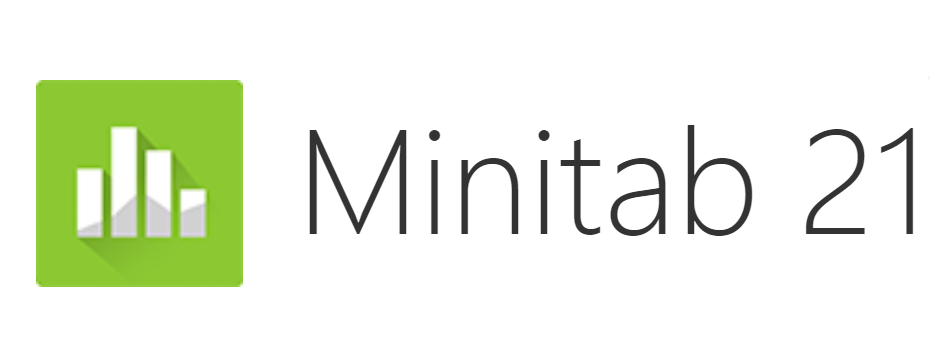In August 2024, Navicat released version 17.1, which added Enhanced Query Explain and Expanded Database Connectivity. Now, version 17.2 has entered the beta testing phase and is scheduled to be officially released in the near future. The new features that this article will focus on introducing include:
В·AI Assistant:
Get AI assistance anytime in Navicat, allowing you to ask questions and receive immediate answers.
В·Integrated Snowflake support:
Navicat has now added support for Snowflake, enhancing the management capabilities of your cloud data warehouse platform.
В·Data warehouse and dimension modeling methods:
Build a scalable and adaptable data architecture through relational modeling, dimensional modeling, and data warehouse modeling to meet diverse application needs.
В·Data analysis of BI workspace data sources:
The data preview function integrates data analysis tools, which can visually and comprehensively display the data overview.
Subsequent blogs will continue to delve into these features one by one.
AI Assistant
AI assistant is an integrated tool that provides real-time, contextual guidance and answers in software applications through artificial intelligence technology. With the assistance of artificial intelligence, it helps users solve problems, understand functions, and optimize workflows through natural language interaction. Navicat's AI assistant can assist you in writing SQL statements more efficiently by submitting your queries to AI service providers for processing (response data is only returned to your local device's Navicat application), and supports integration with mainstream AI chat machines including ChatGPT, Google Gemini, DeepSeek, and Olama.
After activation, you can access the AI assistant from the AI panel on the right:

Integrated Snowflake support
Snowflake is a cloud native data warehouse platform that allows enterprises to store, process, and analyze large amounts of structured and semi-structured data. It separates storage and computing resources, enabling flexible and scalable data management across multiple cloud platforms such as AWS, Azure, and Google Cloud, with built-in performance optimization and easy data sharing capabilities.
Now you can directly manage your snowflake's tables, views, queries, and functions from Navicat.

Data Warehouse and Dimension Modeling Methods
Data warehousing and dimensional modeling are two strategic approaches for designing data models for business intelligence. Data warehouses focus on historical tracking and have flexible components such as centers, links, and attachments, which can adaptively manage complex data environments. In contrast, dimensional modeling structures data into fact tables and dimension tables, providing clear contextual insights into quantitative business data, optimizing query performance, and enhancing user understanding.
You will see new model type options in the brand new model dialog box:

Data analysis of BI workspace data sources
The data analysis tool introduced in Navicat 17 allows you to provide a comprehensive visual view of data with just one button click! Now, the data preview in the BI workspace also includes data analysis functionality.

Other improvements
In addition to the new features mentioned above, Navicat 17.2 also includes the following significant improvements:
В·The 'Filter&Sort' panel in the data viewer now supports text mode
В·New support for MongoDB database in structural synchronization function
В·Other usability optimizations









